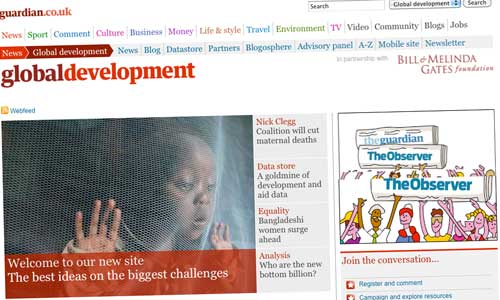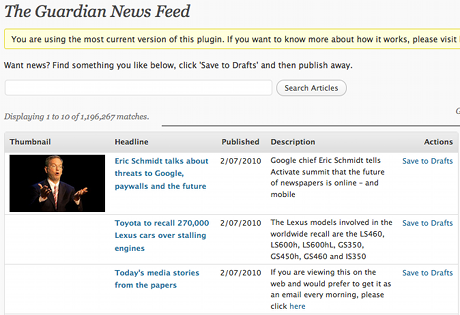I have it on very good authority indeed It’s now been confirmed that the new (£142k pa) Executive Director Digital, filling the post currently held by Chris Chant on an interim basis, and advertised back in April, is to be Mike Bracken – digital director at The Guardian until last week.
Computer Weekly makes some interesting – and quite exciting – observations about the management culture he built up:
While GNM has outsourced some IT roles, the company has brought in information architects, analytics and product development managers as a discipline. GNM uses an agile environment for developing web applications and has scrapped project management and business analyst roles to replace them with product managers.
In fact, he sent a tweet to Steph Gray yesterday which seemed to suggest he sees a similar role for ‘product managers’ in government:
[blackbirdpie url=”https://twitter.com/#!/MTBracken/status/71234171762262016″]
To get a flavour of what to expect, fasten your seatbelt and watch this five-minute breakneck presentation on innovation, which he gave to a WPP event last year:
http://www.youtube.com/watch?v=gt3IdfdvwSI
… or this slightly more corporate presentation on deriving benefits from social media, at a Gartner symposium in October. (Fast forward eight minutes to skip the extended intro.) You’ll like what you hear.
Interestingly, in both presentations, he uses the same quote from Simon Willison. How exciting is it to have a new digital director who actually appreciates that:
You can now build working software in less time than it takes to have the meeting to describe it.
Those who know Mike are very complimentary about him: I note William Heath’s description of him last week as ‘one of the UK’s very best new-style CIOs’. On the downside, though, he’s a Liverpool supporter.
Mike’s personal website is at mikebracken.com – and he’s done a post formally announcing the appointment. He runs a couple of Twitter accounts: you’ll probably want to follow his ‘work’ account, @MTBracken.
He starts on 5 July.

 … except that the DFID homepage does something a little bit cleverer. As you’ll see, it carries not only the title and description – typical of any RSS feed; but it also shows the author’s face and job title, neither of which are standard RSS elements. It also turns the blogger’s name into a link to their personal blogging archive. Cool, eh? – dead easy, actually.
… except that the DFID homepage does something a little bit cleverer. As you’ll see, it carries not only the title and description – typical of any RSS feed; but it also shows the author’s face and job title, neither of which are standard RSS elements. It also turns the blogger’s name into a link to their personal blogging archive. Cool, eh? – dead easy, actually.
 A big day for the Guardian today, as the new community-enabled
A big day for the Guardian today, as the new community-enabled 
